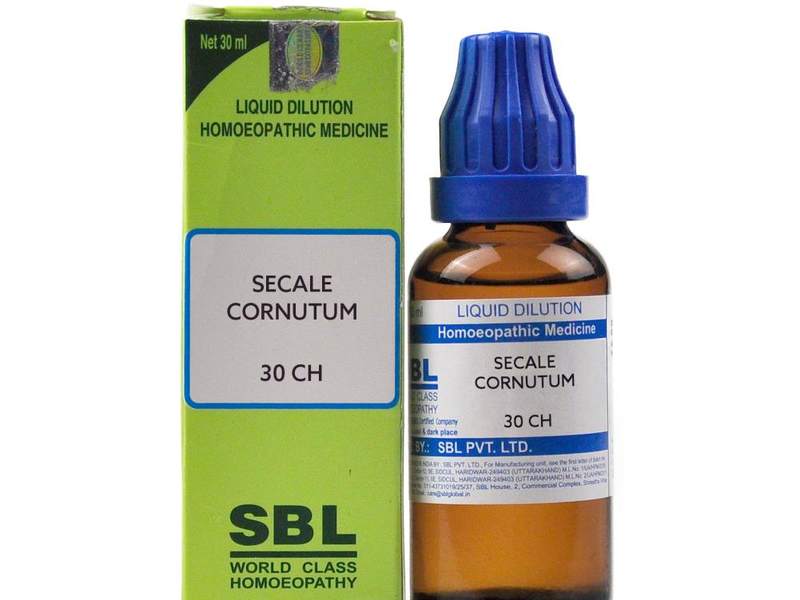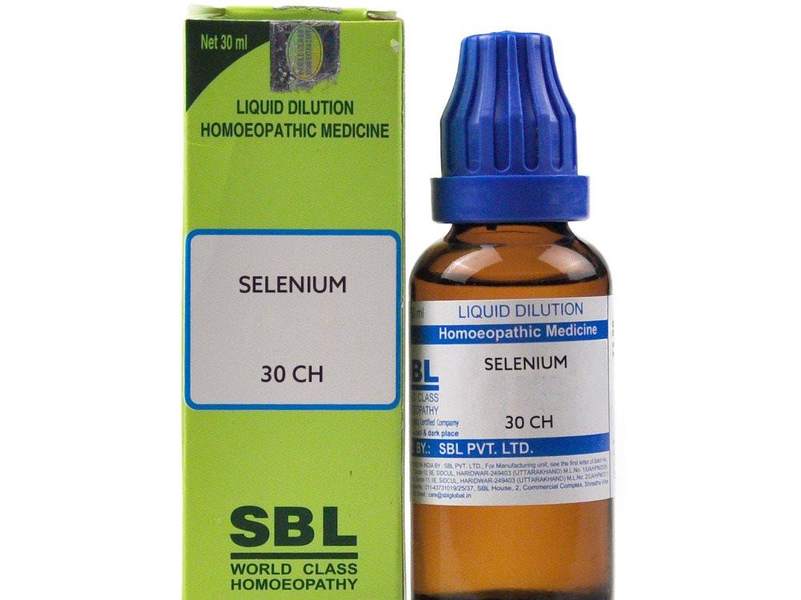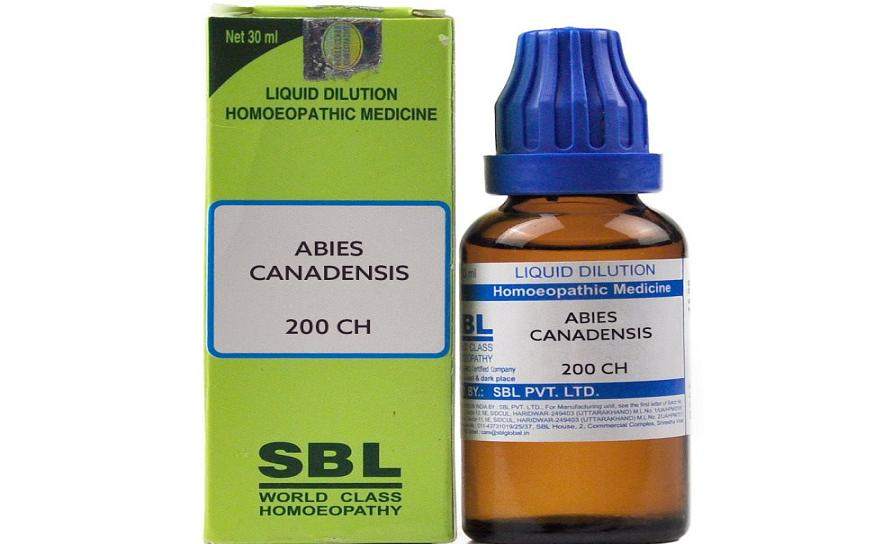Secale Cornutum 30c Uses, Benefits – Secale Cor q
₹1,640.00 Original price was: ₹1,640.00.₹1,059.00Current price is: ₹1,059.00.
- Skin feels cold to touch but patient feels burning heat and cannot tolerate covers; better cold
- Haemorrhagic diathesis, continuous passive oozing of black, watery
blood - Burning all over the body as if fine sparks were falling on the patient
- Appearance is thin, emaciated; hippocratic face, like a dead man
Source: A fungus
Synonyms: Spurred rye, Ergot of rye, Claviceps purpurea
Class: Hypocreaceae
Prover: Dr H.C. Allen
Duration of Action: 20-30 days
Miasmatic Background: Psora is in the background
Diathesis: Haemorrhagic
Temperament: Irritable and nervous
Thermal Relationship: Hot patient
Introduction and History: Rye and grasses are apt to be affected with the ergot disease during damp season and when growing around, ill-drained lands. If pregnant cows are turned on pastures where infected grasses grow, they are liable to drop their calves. Ergot has been known to hasten childbirth from remote times.
Habit and Habitat: Ergot is found in all countries where the plants grow which may be ergotized. It was imported into this country from Germany, France and America. Mature ergot is violet-black in colour and scarcely has any filaments and sporadia. Their form is cylindrical or obscurely triangular with obtuse angles, tapering at the extremities (fusiform), curved like the spur of the cock, unequally furrowed on two sides, often irregularly cracked and fissured. The grains are externally purplish-brown or black, more or less covered by bloom, moderately brittle.
Preparation and Parts Used: Mature ergot is gathered before the grain is harvested, and the first three and higher potencies are generally made by trituration and attenuation.
Constitution and Physiognomy: Suits women of thin, scrawny, feeble, cachectic appearance who are irritable, have a nervous temperament with a pale, sunken countenance. Also suited to very old, feeble persons.
Seat of Action (Pharmacodynamics): It acts upon female genital organs, blood vessels, capillaries, skin, stomach, gastrointestinal tract, mind, breasts, uterine muscles and cerebrospinal nervous system.
Ailments From: Abortion, childbirth, haemorrhages, miscarriage, wounds, suppression of tears, lochia, milk, sweat.
Physiological Action
- On animals, it exerts a poisonous effect on all classes of organic structures.
- On man, in doses from 2 drachmas, ergot produces nausea. Patient is inclined to vomit; there is dryness of the throat, great thirst, aversion to food, uneasiness or actual pain in the abdomen.
- Occasionally, alvine eructations, weight and pain in the head, giddiness, at times, dilatation of pupils and stupor.
- When it is used many times in food, it produces convulsive ergotism which commences suddenly and is attended with dimness of sight, giddiness and loss of sensibility followed soon by dreadful cramps and convulsions of the whole body.
- Also produces risus sardonicus, yellowness of countenance, excessive thirst, excruciating pain in limbs, chest and a small, imperceptible pulse.
- It produces another condition named gangrenous ergotism in which there is general weakness, weariness and a sense of creeping followed by cold, white, stiff and benumbed extremities. After a while there is no sense of feeling; excruciating pains in the extremities with fever, headache and bleeding from the nose. Finally, the affected limb shrivels up and drops off the joints
- On the uterus it produces contraction of muscular tissues; difficult parturition, from want of tone of the organ.
- Its action on brain produces pain in the head, giddiness, delirium, dilatation of pupils and stupor.
Physio-pathological Changes (Pathology)
- It produces contraction of the unstripped muscular fibres, hence there is a constringent feeling throughout the whole body.
- This produces an anaemic condition, coldness, numbness, petechiae, mortification and gangrene.
- Secale decreases the flow of pancreatic juice by raising the blood pressure.
Characteristic Mental Symptoms (Psychology)
- Weakness of mind after spasm or exhausting sex.
- Madness, with an inclination to bite or drown himself.
- There is mania, fear or depressed fear. Specially indicated for puerperal mania, exposes the body, tears at genitals, inserts her finger into the vagina and scratches until it bleeds; all idea of modesty lost.
- Patient laughs, claps her hand over her head; seems besides herself.
Characteristic Physical Guiding Symptoms
Haemorrhages: Haemorrhagic diathesis; the slightest wound causes bleeding for weeks; discharge of sanious liquid blood with a strong tendency to putrescence, tingling in the limbs and great debility.
Leucorrhoea: It is green, brown and offensive.
Boils: These are small and painful, with green contents. They mature very slowly and heal in the same manner; very debilitating.
Face: It is pale, pinched, ashy, sunken, hippocratic, drawn with sunken eyes; blue rings around the eyes.
Appetite and thirst: There is an unnatural, ravenous appetite and thirst; even with exhausting diarrhoea.
Cravings: Patient craves acids, lemonades.
Aversions: Patient has an aversion to fat and meat.
Diarrhoea: Profuse, watery, putrid, brown; discharged with great force; Very exhausting, painless, involuntary; sensation as if anus wide open.
Enuresis: Bed wetting in old people where urine is pale, watery or bloody; suppressed.
Burning: Burning in all parts of the body, as if sparks of fire were falling on the patient.
Gangrene: Dry, senile gangrene, Worse from external heat.
Collapse: Especially in cholera; skin is cold, yet cannot bear to be covered; icy coldness of the extremities.
Menses: Menses are irregular, copious, dark, fluid, with pressing, labour like pains in the abdomen; continuous discharge of watery blood until next period.
Abortion: Indicated remedy for threatened abortion, especially at third month, with prolonged, bearing down, forcing pain.
Labour: Irregular, weak, feeble or ceasing pains, everything seems loose and open but no expulsive action; fainting.
Milk: Suppression of milk in thin, scrawny, exhausted women in whom the breasts do not fill properly.
Pulse: Pulse is small, rapid, contracted and often intermittent.
Important Characteristic Features
Female genital organs: A well suited remedy for diseases of female genital organs. There are irregular menses with copious, dark, fluid blood, accompanied with pressing, labour-like pains in the abdomen. There is continuous discharge of watery blood until the next period. It is an indicated remedy for brownish, offensive leucorrhoea and for threatened abortion about the third month of pregnancy. During labour, there is no expulsive action, though everything is relaxed. The after pains are too long and too painful; hour glass contractions. Suppression of milk, in which breasts do not fill properly. Indicated in puerperal fever, with putrid discharges, tympanitic coldness and suppressed urine. Worse heat, warm covering. Better cold, uncovering, rubbing, stretching out limbs.
General Modalities
Aggravation: By heat, warm coverings, warm drinks, after eating and from touching.
Amelioration: In the open air, getting cold, uncovering, exposing the affected parts, rubbing, wants to be fanned, cold application and open air.
Remedy Relationships
Follows well: Acon, Bell, Chin, Merc, Puls.
Antidotes: Camph, Op.
Comparison
Withered, dried up, old looking patients: Arg-n.
Thin, scrawny patients: Sec.
Burning pain relieved by heat: Ars.
Burning sensation relieved by cold: Sec.
Surface cold to touch, yet cannot bear to be covered; throws of all coverings: Camph, Med, Sec.
Blood dark, non-coagulable: Crot-h, Sec.
Skin is pale, cold, of an ashy hue: Pyrog, Sec.
Ailments following abortion: Sab, Sec, Helon.
Uterine haemorrhages, flow partly red, partly clotted, worse from least motion: Sab, Sec.
Retained placenta from atony of uterus; intense after pains: Caul, Sab, Sec.
Aggravation from least motion: Bry, Sec.
Crops of small boils with green foetid pus: Sec, Tub.
Flooding with fainting: Tril-p, Sec.
Dosage: 3x to 200.
Repetition: Bears repetition well.
Therapeutic Value: Abortion, After pains, Bladder affections, Boils, Carbuncles, Cholera, Convulsions, Cramps, Diabetes, Diarrhoea, Epilepsy, Gangrene, Glandular affections, Haemorrhages, Heart affections, Labour; Leucorrhoea, Liver troubles, Menstrual disorders, Miscarriage, Neuralgia, Numbness, Paralysis, Pregnancy disorders, Skin affections, Spinal irritation, Ulcers, Ulterine troubles, etc.
Related products
Homeopathic Medicine
Homeopathic Medicine
Homeopathic Medicine
Homeopathic Medicine
Homeopathic Medicine
Abies Canadensis Homeopathic Medicine – Abies Canadensis Uses
Homeopathic Medicine
Homeopathic Medicine
Arsenic Album 30 Homeopathy – Arsenicum Album Materia Medica
Homeopathic Medicine
Antimonium Crudum ( Antim Crud ) – Antimonium Crudum Materia Medica











